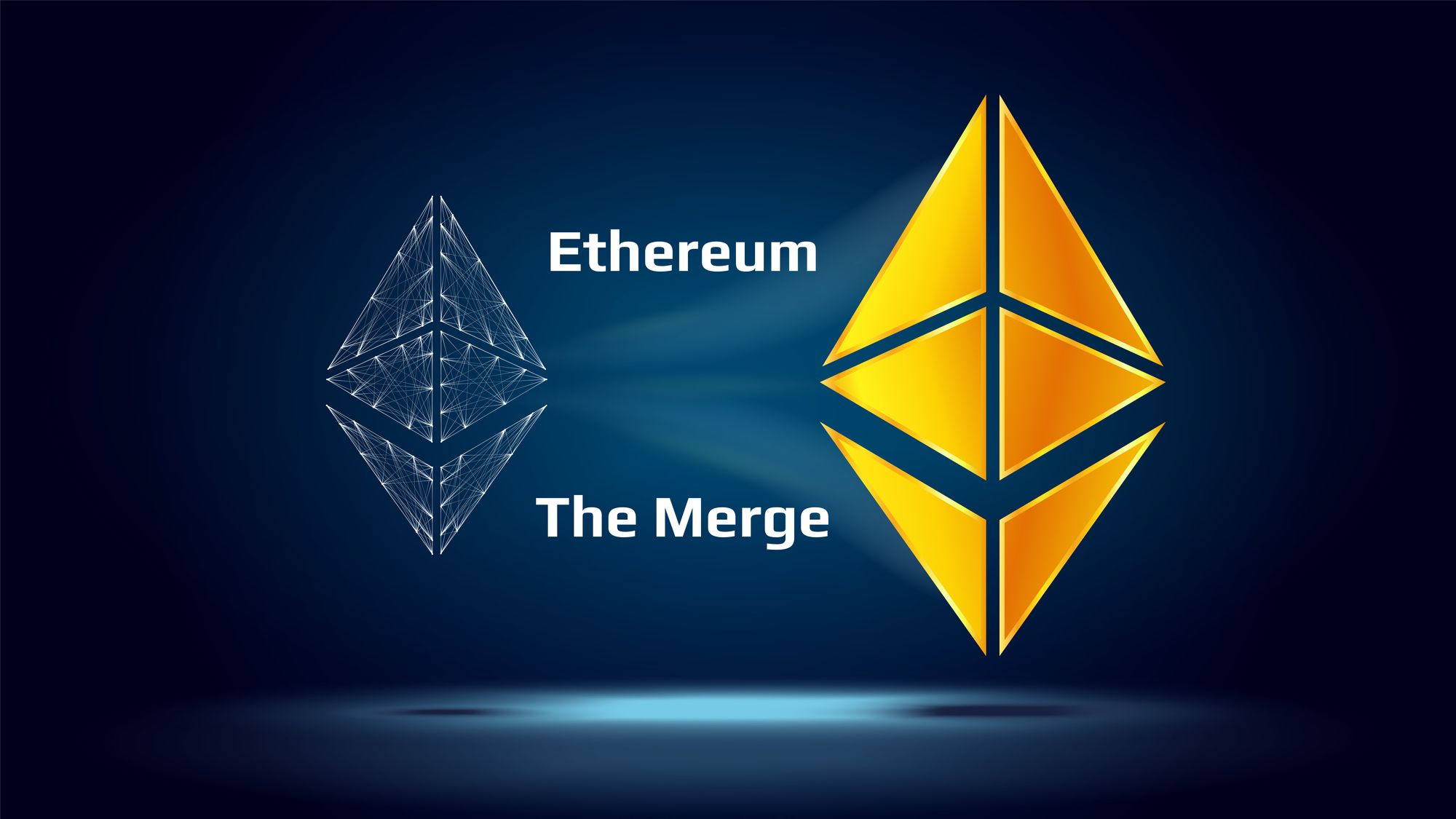What Next For Ethereum Miners Post-merge?
However, the migration of Ethereum miners to other blockchains will lead to an excess supply of miners competing to earn the same level of rewards as before; hence, the profits for everybody will be reduced.

Ethereum’s latest software upgrade shifted it from an energy-intensive Proof-of-Work (PoW) consensus algorithm to a capital-intensive Proof-of-Stake (PoS) algorithm, which rendered Ethereum miners out of a job immediately after the “difficulty bomb” was detonated. This upgrade is majorly to make Ethereum transactions eco-friendly; of course, as the most used blockchain and the “oil of the industry,” the Ethereum network is key for many DeFi applications, NFTs, etc. Hence, a key step to pushing the technology for traditional adoption is to reduce its energy consumption.
Hence, following the merge, the Ethereum network is no longer secured by the actions of miners who utilize energy-intensive equipment like GPUs; instead, the network is secured by validators who stake 32 ETH (capital) to have a say in blockchain decisions. As a result, Ethereum miners need to find a way forward and utilize their equipment for other purposes to keep it profitable. If still interested in mining, they could pivot to other blockchains and earn mining rewards from there or use their equipment for other applications like gaming, machine learning, or other energy-intensive computing applications.
What Alternative Blockchains Can Miners Port To?
Ethereum mining is by far the most profitable across all blockchains; even more than Bitcoin because of the ease it offers retail miners; with a GPU, you can solo-mine Ethereum; however, most Bitcoin miners are in mining pools with heavier ASICs. In fact, at some points between this year and last, Ethereum mining revenue surpassed Bitcoin’s, despite the market dominance of the latter – Ethereum miners recorded a revenue of $733 million in August, before the merge in September.
#Ethereum miners generated $733 million in revenue in August 2022. What will they do in October 2022 after the #merge? Where will the mining power go? Which PoW blockchain will benefit the most?
— Monty Metzger (@montymetzger) September 5, 2022
Unfortunately, GPU mining has an automatic back seat on the Bitcoin blockchain because ASICs on the network are too powerful for GPUs; furthermore, these ASICs are pooled together by several miners to enjoy the chunk of the profits, so realistically, Bitcoin mining isn’t a feasible migration option. Hence, the realistic options for the out-of-job Ethereum miners include:
- Ethereum Classic (ETC), which was forked from Ethereum in 2016
- Ethereum POW (ETHW), which is the latest Ethereum fork designed to save Ethereum miners
And other GPU-mining compatible blockchains like Ravencoin and Ergo; However, all these do not have Ethereum’s level of network demand; hence, these networks are less profitable.
Indeed, these Ethereum alternatives initially saw a surge in hash rate after the Ethereum merge (which depicts an increase in network mining activity); Ravencoin, Ethereum Classic, and Ergo were said to absorb 28% of Ethereum miners (approx. 244 TH/s), which saw the hash rate of Ethereum Classic, Ravencoin, and Ergo have a combined increase of over 360%.
However, the migration of Ethereum miners to other blockchains will lead to an excess supply of miners competing to earn the same level of rewards as before; hence, the profits for everybody will be reduced. Hypothetically, if 5 people were competing for 10 rewards, each of them could have an average of two, but if the number of competitors increased to 10, then the average becomes one. As a result, the increased hashrate on these networks has led to a net negative return, leading many miners to stop their activity, rapidly reducing the hashrate on these networks, despite the initial surge.
Ethereum POW (ETHW)
A few weeks before the Ethereum merge, some Ethereum participants decided to hard fork Ethereum’s blockchain to a new version to save Ethereum miners; however, it has also not been profitable. In fact, due to some transparency issues with the network, where proponents of the forked Ethereum version claim that transaction fees will be sent into an unknown wallet, many don’t want to interact with the token, and its value has dropped by 93% within two months; also, the hashrate of the network, which was previously over 120 TH/s, is now about 40 TH/s. Hence, questions are not only asked about ETHW’s profitability for the miners but more questions are asked apart about its transparency and whether the crypto community will adopt it.
Final Takeaway
It is evident that miners are looking for several alternatives away from Ethereum, and they haven’t stopped mining; hence, the eco-friendliness sought may not be immediately achieved. However, if mining remains unprofitable, miners will have no choice but to use their equipment for other purposes, and some may even sell them. Also, the production of GPU equipment may reduce drastically, and many people will rely on buying the ones already available in the market for other computing uses.
For More Beginner Tips, As Well As Detailed Guides On Cryptocurrency And Blockchain Technology, Do Well To Visit The Cwallet Blog (Previously CCTIP Blog) And Follow Our Social Media Communities: